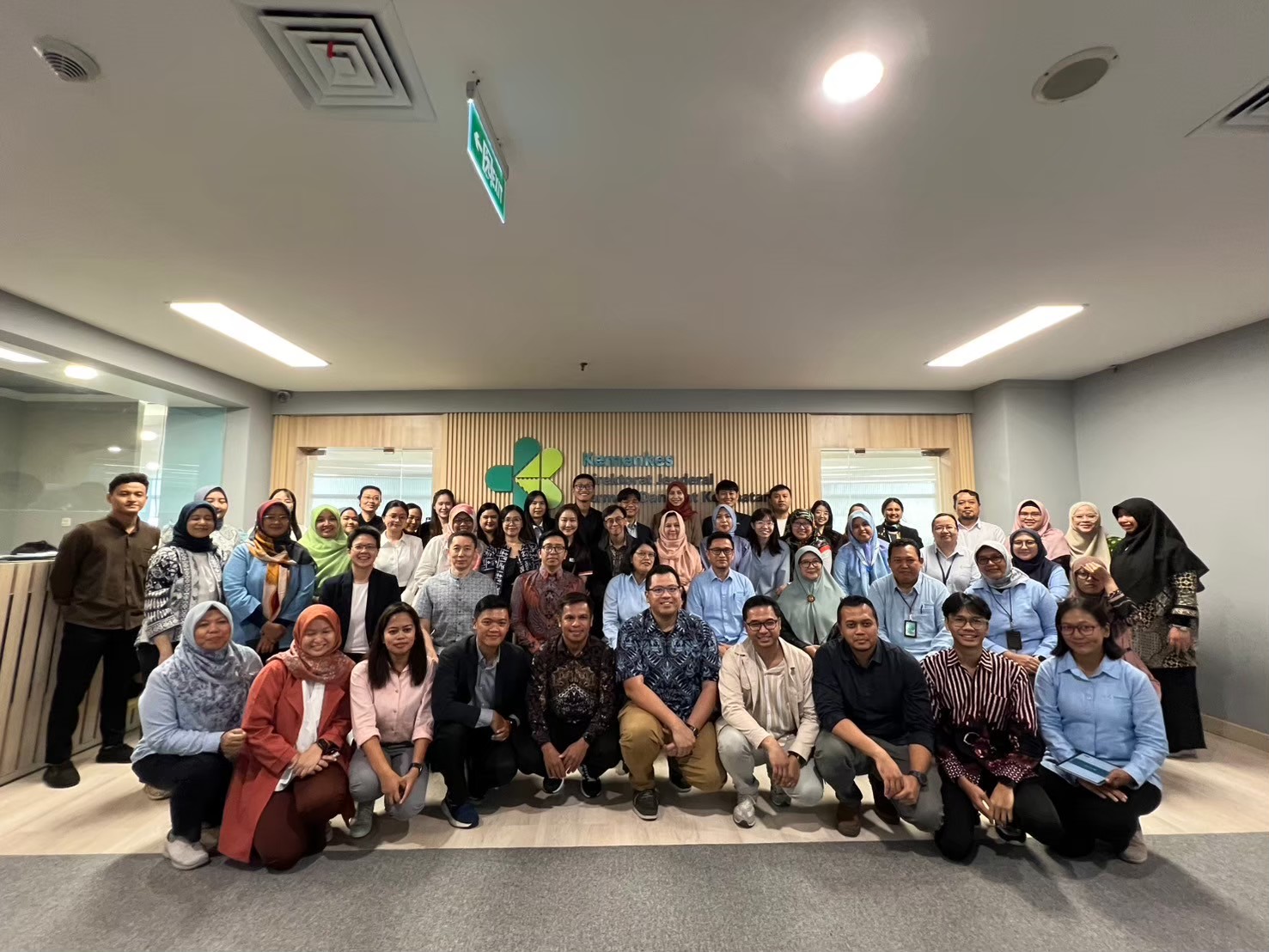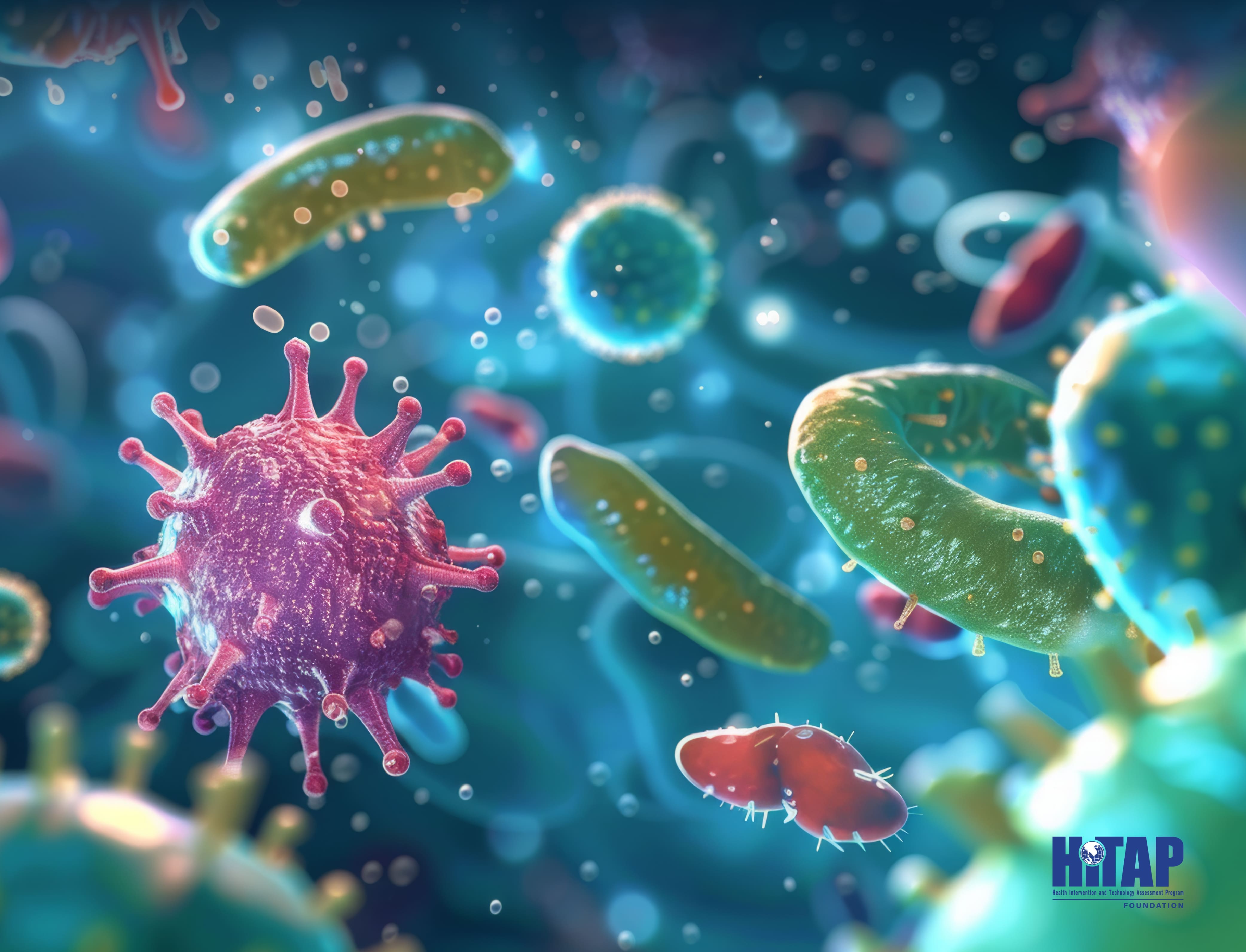Besides representing an advance in treating breast cancer, the success in the clinical trial validates an idea that is now being pursued by numerous pharmaceutical companies to treat various types of cancer in a way that delivers drugs to cancerous cells while sparing healthy ones.
“We’ve envisioned a world where cancer treatment would kill the cancer and not hurt the patient,” Dr. Kimberly L. Blackwell, a professor of medicine at the Duke Cancer Institute and the lead investigator in the trial, said in an interview. “And this drug does that.”
The drug, known as T-DM1, was developed by Genentech, which sponsored the trial. The company, a unit of Roche, plans to file for approval later this year. That could mean the drug will reach the market next year.
T-DM1 and similar drugs under development consist of powerful toxins linked to proteins called antibodies. The antibodies latch onto cancer cells and deliver the toxic payload directly into those cells. Since the toxin is not active until it reaches the tumor, side effects are reduced.
Such treatments, known as antibody-drug conjugates, have been pursued for decades, but only now is success being achieved.
One such drug, Adcetris, was approved last year to treat two rare types of lymphoma. T-DM1 could be the first approved for a common cancer. Over all, about 25 such drugs are in clinical trials, according to Alain Beck, a French pharmaceutical researcher.
“I think it really represents the first broad demonstration of the potential of antibody-drug conjugates in cancer treatment,” said Dr. Louis M. Weiner, director of the Lombardi Comprehensive Cancer Center at Georgetown University. Dr. Weiner was not involved in the study but is scheduled to present a commentary on it after the results are formally presented Sunday at the American Society of Clinical Oncology meeting here.
The late-stage clinical trial involved 991 women with metastatic breast cancer whose cancer was worsening despite previous treatment with the drug Herceptin and a chemotherapy drug called a taxane. Half the women got T-DM1 and the other half received two drugs that are now commonly used for such patients — Tykerb, also known as lapatinib, and Xeloda, also known as capecitabine.
T-DM1 delayed the worsening of disease by about three months. For those who received T-DM1, the median time before the disease progressed was 9.6 months, compared with 6.4 months for those getting the two other drugs.
It is still too early to say definitively that T-DM1 also prolonged lives, because not enough time has elapsed since the trial began. While the survival data, strictly speaking, did not meet the trial’s statistical goal, researchers said they were confident it would end up doing so.
About 84.7 percent of patients getting T-DM1 were alive after one year, compared to 77.0 percent of those in the control group. By another commonly used measure called the hazard ratio, T-DM1 reduced the risk of death by 38 percent.
The median survival for those getting T-DM1 is not yet known. But Dr. Blackwell said it would likely be at least a year longer than the 23.3-month median survival for the women in the control group.
“This will be the largest survival benefit that we’ve ever seen in HER2-positive breast cancer,” she said.
About one in five cases of breast cancer are HER2-positive, meaning that the tumors have high levels of a protein called HER2. T-DM1 is designed to treat only such cases of breast cancer, and all the women in the trial had that type. That is because the antibody in T-DM1 is Herceptin, also known as trastuzumab, a Genentech drug designed to treat HER2-positive tumors.
To make T-DM1, trastuzumab, the T in the name, is attached to DM1, a toxin far more potent than the typical chemotherapy drug.
The trastuzumab latches onto cells with the HER2 protein protruding from their surface and is taken inside the cells. Inside the cell, the antibody is degraded, setting the toxin free. Although the toxin is still connected to the linker, it is still able to kill the cells.
Both DM1 and the method of linking it to the antibody were developed by ImmunoGen of Waltham, Mass. The company was founded in 1981, and T-DM1 could be the first drug using ImmunoGen’s technology to make it to market.
Investigators and some outside experts said a key advantage of T-DM1, which is also known as trastuzumab emtansine, was its relative safety. About 40.8 percent of the women getting T-DM1 suffered a serious side effect compared to 57.0 percent of those getting the two other drugs.
About 12.9 percent of the patients getting T-DM1 had substantially lowered blood platelet counts, which can increase the risk of bleeding. But investigators said that actual cases of bleeding were rare.
“It’s less toxic than its comparator and also more effective,” said Dr. Clifford A. Hudis, a breast cancer specialist at the Memorial Sloan-Kettering Cancer Center who was not involved in the trial. “How often do we get that?”
Genentech tried to win approval for T-DM1 in 2010 as a treatment for women who had run out of options. The application was based on a single trial with no control group in which one third of the patients experienced tumor shrinkage.
The Food and Drug Administration turned down the application, however, saying that all treatment options had not been exhausted, according to a statement issued by the company at the time. The F.D.A. decision spurred criticism from some patient advocates.
Asked Saturday if he regretted that decision in light of the new data, Dr. Richard Pazdur, who is in charge of cancer drugs at the F.D.A., said, “I don’t go backwards. This is a different data set we’re looking at.”












